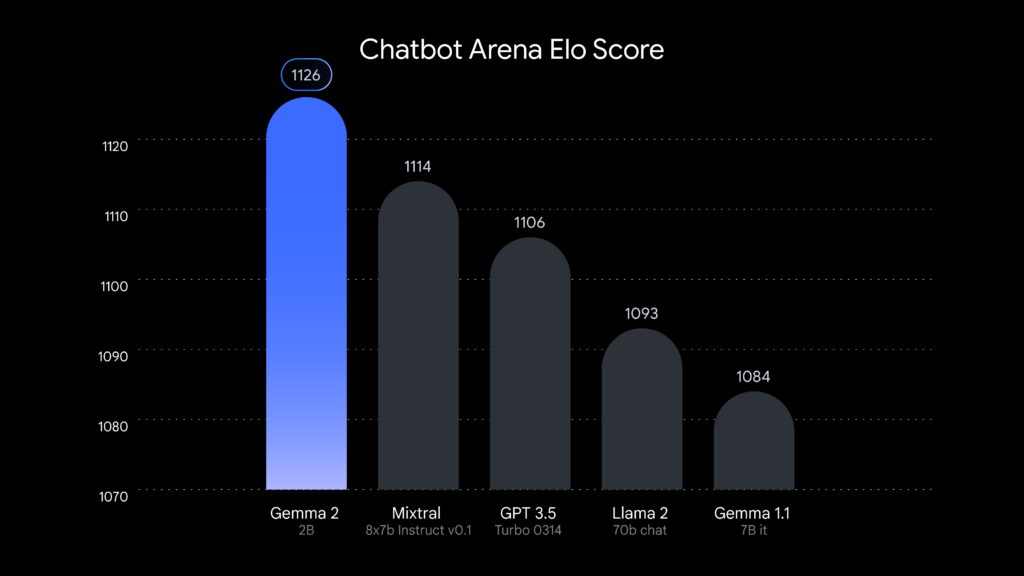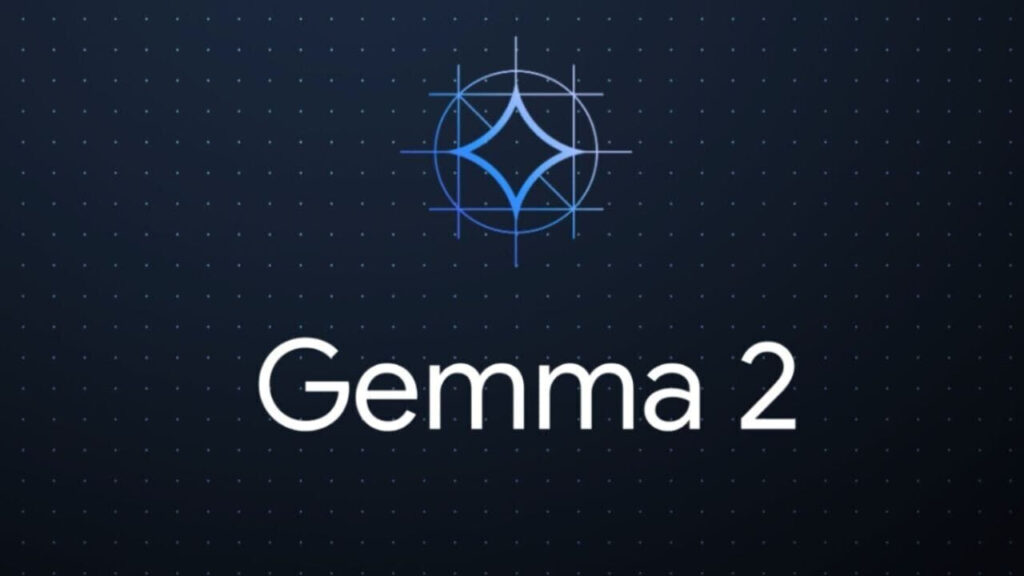Google has once again pushed the boundaries of artificial intelligence (AI) with the introduction of its latest model, GEMMA (General-purpose Expert Model for Multimodal Applications). This innovative AI model represents a significant step forward in responsible AI development, promising a safer, more transparent, and efficient approach to AI deployment. In this article, we will delve into the technical details of GEMMA, its potential applications, and Google’s commitment to responsible AI.
GEMMA Technical Advancements
GEMMA stands out from its predecessors due to its smaller size and enhanced efficiency. Unlike the massive language models that have dominated recent AI advancements, GEMMA’s smaller footprint makes it easier to deploy across various platforms and devices, democratizing access to powerful AI capabilities.
Moreover, GEMMA is not just smaller; it’s also smarter. The model boasts impressive multimodal capabilities, seamlessly processing both text and images. This opens up a wide array of potential applications, from image captioning and visual question-answering to more creative endeavors like text-to-image generation.

Responsible AI at the Core
Google’s commitment to responsible AI development shines through in GEMMA’s design. The company has prioritized safety and transparency, actively addressing potential risks and biases that have plagued previous AI models. By incorporating stringent safety measures and striving for greater transparency in its decision-making processes, Google aims to ensure that GEMMA benefits society without compromising ethical standards.
Furthermore, Google has been actively collaborating with the research community and stakeholders to foster a responsible AI ecosystem. By engaging in open dialogue and sharing knowledge, the company hopes to accelerate progress in AI while mitigating potential risks.
Potential Applications
GEMMA’s versatility opens up a world of possibilities across various domains. In the realm of healthcare, GEMMA could be used to analyze medical images, assisting doctors in diagnosing diseases with greater accuracy. In education, the model could personalize learning experiences, tailoring content to individual students’ needs and preferences.
The creative industries stand to benefit significantly from GEMMA’s multimodal capabilities. Artists and designers could harness GEMMA’s text-to-image generation capabilities to spark new ideas and streamline creative workflows. Additionally, GEMMA’s ability to understand and generate text could revolutionize content creation, making it easier to produce high-quality articles, scripts, and other written materials.
The Future of GEMMA
While GEMMA is still in its early stages, its potential impact is undeniable. As Google continues to refine and expand GEMMA’s capabilities, we can expect to see even more innovative applications emerge. From revolutionizing healthcare and education to empowering creativity and communication, GEMMA promises to be a driving force in shaping the future of AI.
Conclusion
Google’s GEMMA is a testament to the company’s dedication to responsible AI development. By focusing on safety, transparency, efficiency, and multimodal capabilities, Google has created an AI model that not only pushes the boundaries of technology but also prioritizes ethical considerations. As GEMMA evolves and finds its way into various industries, it has the potential to transform our lives for the better, making AI a more accessible, responsible, and valuable tool for everyone.
For tech enthusiasts, GEMMA is a model to watch closely. Its development signifies a shift towards a more conscientious approach to AI, one that prioritizes safety and societal benefit alongside technological advancement. With GEMMA, Google has laid the groundwork for a future where AI is not just intelligent but also responsible, trustworthy, and truly beneficial to humanity.


